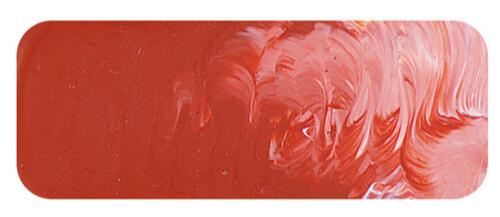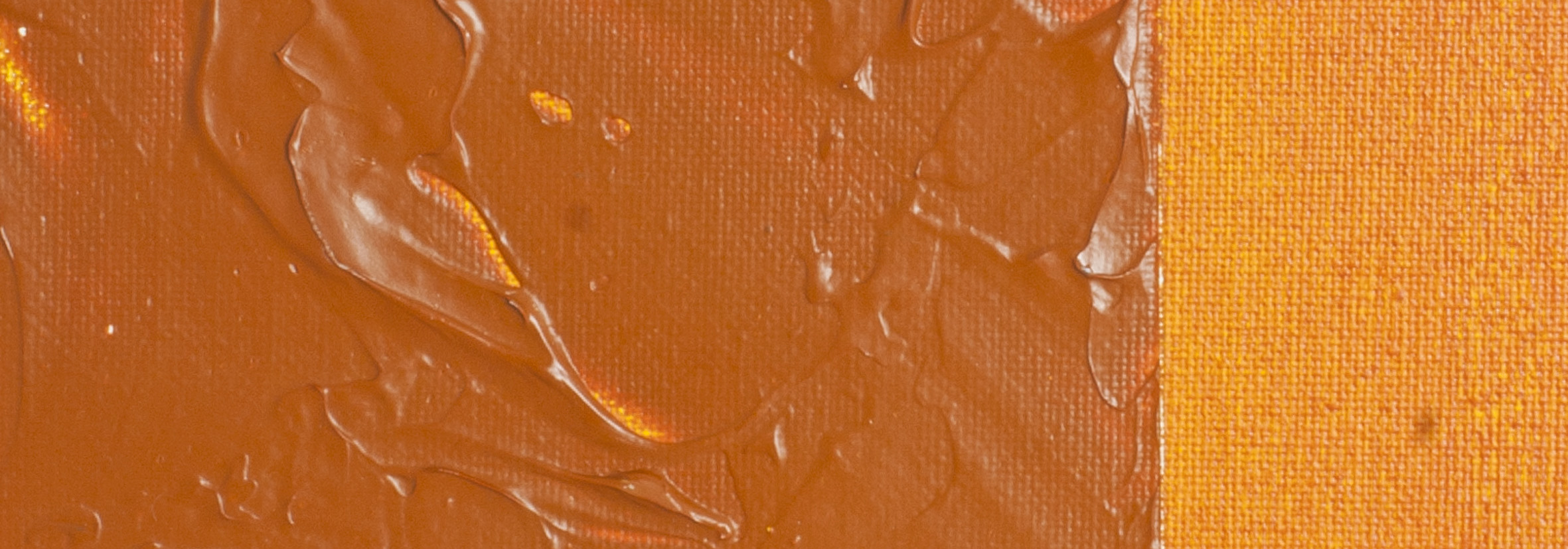Red Oxide | Matisse Acrylic Paint
Chemical Description: Synthetic iron oxide
Pigment Number: PR101
Lightfastness Rating: ASTM I
Pigment Opacity: Transparent
Paint Opacity: Opaque
Series 1

Red Oxide | Matisse Acrylic Paint
Rediscovering the Origins:
Venturing back through the annals of time, we encounter the enduring legacy of Red Oxide, possibly the oldest pigment employed by our human ancestors. Archaeological remnants, dating back 60,000 years in the caves of Pinnacle Point, South Africa, reveal the fascinating use of Red Oxide by early humans. Neanderthals, too, left traces of this pigment, sprinkling it on deceased bodies, perhaps in a bid to restore life-like hues to the skin. Controversial artifacts, surpassing 100,000 years, hint at even more ancient applications. The earliest use likely involved wet clays along riverbanks, serving as canvases for intricate body designs – a silent witness to the creativity of our ancient kin.
Unraveling the Mystery of Red Pigment:
In South African caves, shells bearing traces of red pigment were discovered, their purpose lost to the eons. Speculation ranges from cosmetic applications to adorning tools, weapons, and even ritualistic ceremonies. The veil of uncertainty shrouds these ancient practices, leaving us to ponder the myriad possibilities that Red Oxide once embodied.
Time-Tested Artistry:
The oldest surviving paintings, gracing caves in France, Namibia, and Australia, predate 30,000 years. Red Oxide emerges as a prominent component, intertwined with yellow, brown, and black hues from burnt wood. Its significance is undeniable, dominating many artworks and, in solo performances, always standing as the solitary pigment. The connection between Red Oxide and the color of blood hints at a magical allure that captivated early artists, transcending time and geography.
Across Civilizations:
Red Oxide and Yellow Oxide emerge as constants across civilizations, embraced by artists throughout history. These time-tested pigments continue to grace modern palettes, maintaining their status as best-sellers and preferred choices for artists worldwide.
From Sinopia to Pozzuoli Red:
In the Renaissance era, the opaque red iron oxides near Pozzuoli gained acclaim for their unique hardening properties. Used both artistically and architecturally, this variant of Red Oxide, known as sinopia, evolved into Pozzuoli Red. Despite the historical reference to sinoper fading, Pozzuoli Red perseveres as a nod to its enduring legacy.
Red Oxide's Subdued Brilliance:
While Red Oxide may appear dull when compared to vibrant hues, it finds its place in the subdued palettes of many artists. Earthy and versatile, it stands out in minimalist compositions, especially when paired with Cobalt Blue, Mars Black, and Titanium White. Its chemical and visual affinity to natural soil and rock colors makes it an ideal choice for general painting.
Versatility in Mixing:
Red Oxide's flexibility shines in mixing, producing gentle pinks and soft earthy violets or oranges. Surprisingly underused compared to Burnt Sienna, it surpasses its counterpart in versatility as a mixer. For artists seeking variety, experimenting with Titanium White or Unbleached Titanium yields beautiful and soft results.
Exploring Boundless Creativity:
Intriguingly, Red Oxide unveils its potential in crafting dusky mauves when blended with Cobalt Blue or Ultramarine. A lighter touch can be achieved with Australian Sky Blue, showcasing the remarkable versatility of this ancient artist color.
Safety Data Sheet for Matisse Red Oxide (SDS)
To view or download a copy of Red Oxide SDS, please CLICK HERE * (271kb)
*The above link will open an external Dropbox window

To install this Web App in your iPhone/iPad press ![]() and then Add to Home Screen.
and then Add to Home Screen.

